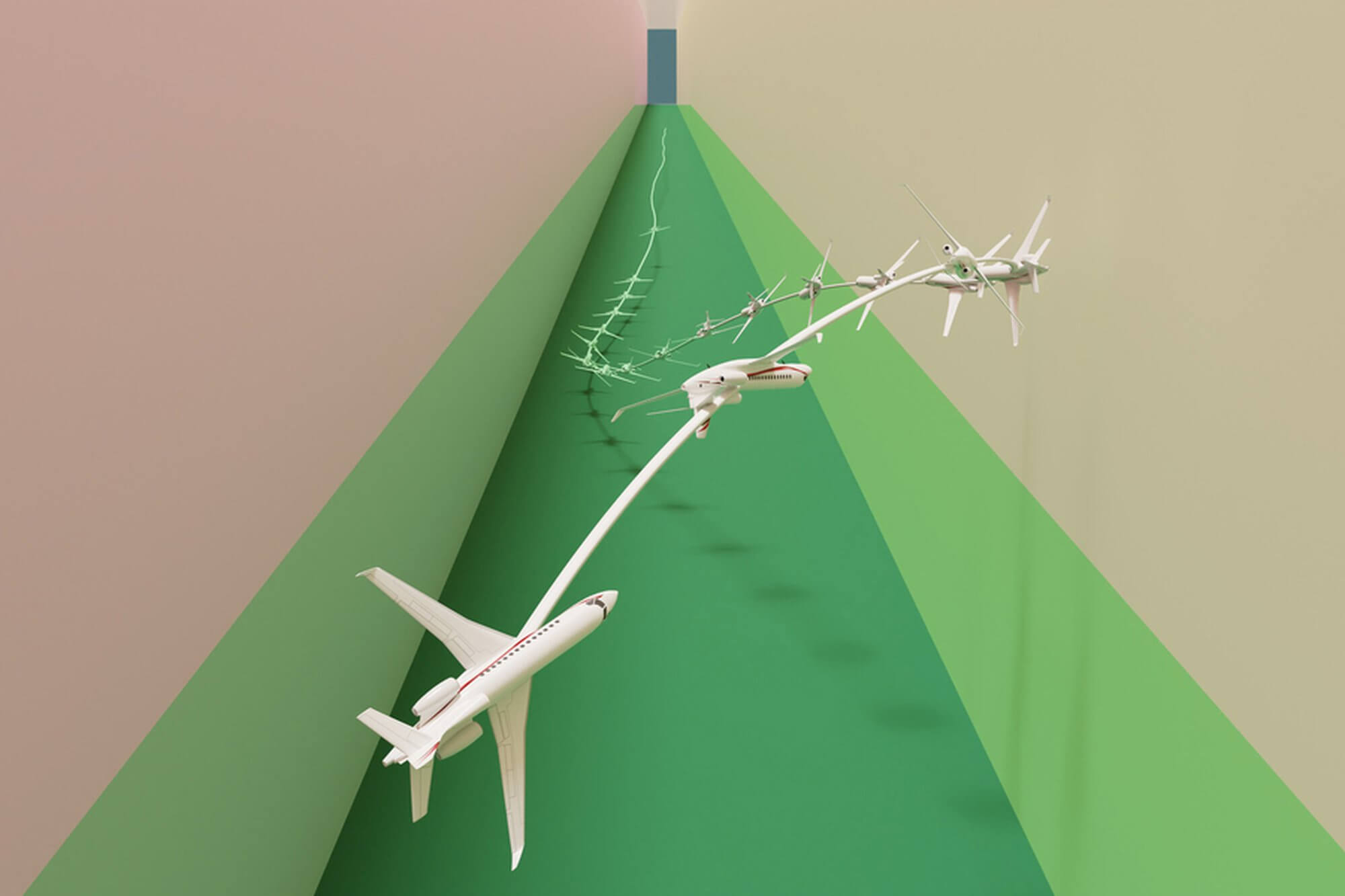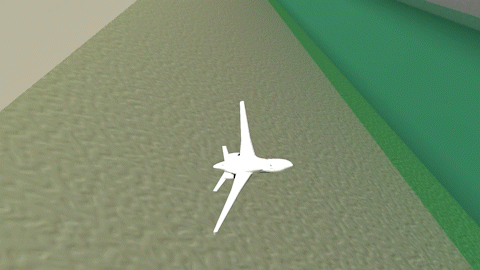CAMBRIDGE, Mass. — In the movie “Top Gun: Maverick,” Tom Cruise’s character trains young pilots to complete a challenging mission that involves flying through a narrow canyon undetected by radar. For an autonomous aircraft, however, this task poses an even greater challenge. Existing AI methods struggle to overcome the conflict between reaching the target and avoiding collisions with canyon walls. Now, MIT researchers have developed a new technique using machine learning (a branch of artificial intelligence) that solves these complex stabilize-and-avoid problems more effectively than previous methods.
Their approach achieves a 10-fold increase in stability and matches or exceeds the safety of existing autopilot systems.
“This has been a longstanding, challenging problem. A lot of people have looked at it but didn’t know how to handle such high-dimensional and complex dynamics,” says Chuchu Fan, the Wilson Assistant Professor of Aeronautics and Astronautics and senior author of the paper, in a university release.
The researchers tackled the stabilize-avoid challenge by breaking it down into two steps. First, they reframed the problem as a constrained optimization problem, ensuring the agent reaches and stabilizes within its goal region while avoiding obstacles. Then, they reformulated the problem into the epigraph form, a mathematical representation, and used a deep reinforcement learning algorithm to solve it. This combination allowed them to bypass the limitations of existing methods.

To test their approach, the researchers conducted control experiments with different initial conditions, including scenarios where the autonomous agent needed to stabilize within a goal region while avoiding obstacles. Their technique outperformed several baselines, stabilizing all trajectories while maintaining safety. They even simulated flying a jet aircraft in a scenario reminiscent of “Top Gun,” where the jet had to stabilize near the ground within a narrow flight corridor. Their controller demonstrated superior performance compared to other methods.

The potential applications of this technique are vast. It could be used to design controllers for highly dynamic robots, such as autonomous delivery drones, ensuring safety and stability. It could also be part of a larger system, activating only when necessary, such as helping a driver safely navigate a skid on a snowy road. In their paper, the researchers say this approach holds promise for deploying reinforcement learning controllers on mission-critical systems, providing safety and stability guarantees.
Moving forward, the researchers aim to enhance their technique by accounting for uncertainty in optimization and testing its performance on real-world hardware. With further development, this technique could revolutionize autonomous systems and enable them to navigate extreme scenarios with safety and precision, surpassing what a human pilot could achieve.
The work is funded, in part, by MIT Lincoln Laboratory under the Safety in Aerobatic Flight Regimes program.

